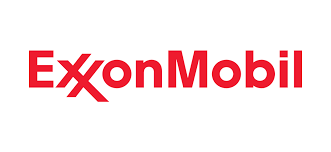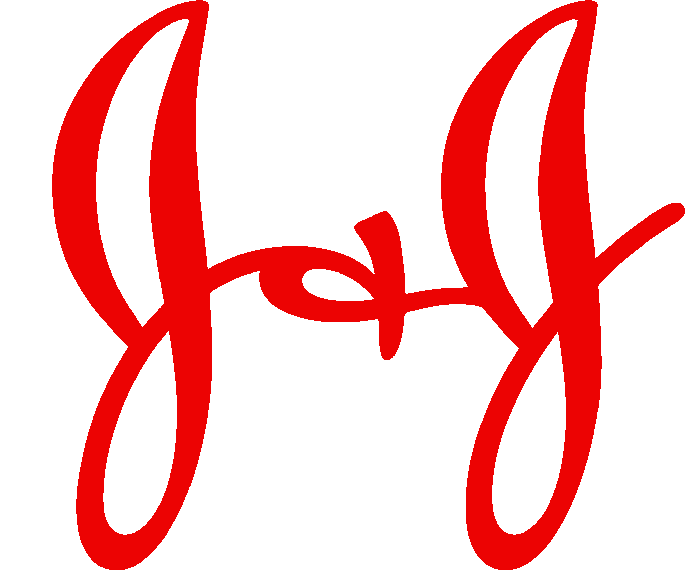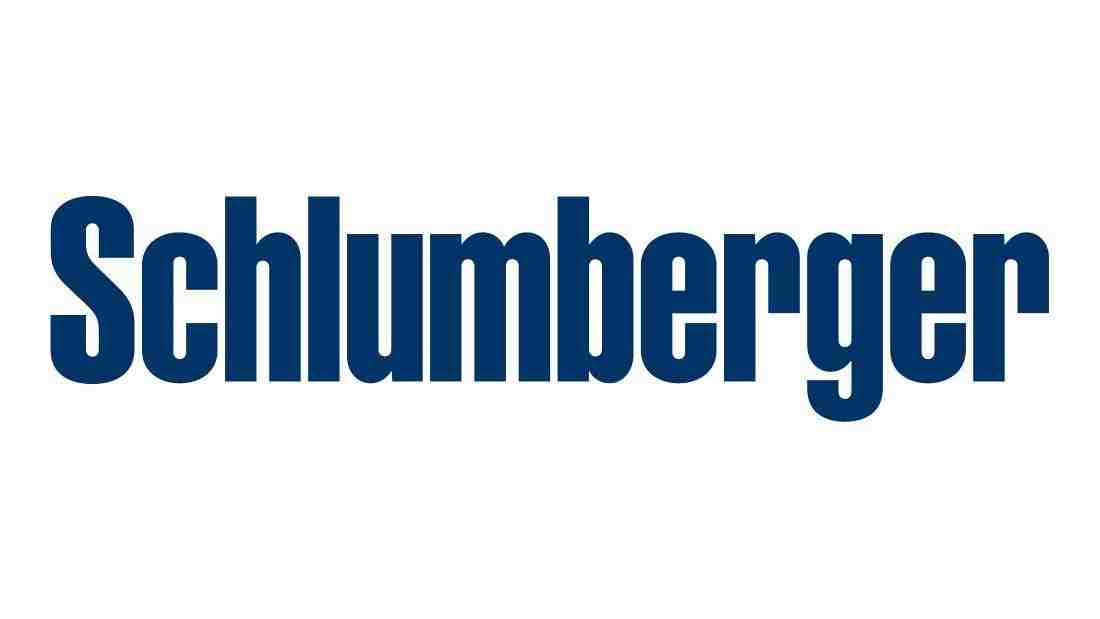Commercial Refrigeration Market held USD 29.32 billion in 2020 and is expected to grow at a CAGR of 4.0% from 2020-2030. Growing demand for ready meals, bakery products, and processed food items increases demand for commercial equipment refrigeration industry. In addition, in an effort to reduce carbon footprints, the manufacturers are focused on developing commercial refrigeration equipment which consumes less energy. In addition, the U.S. Department of Energy and Environmental Protection Agency has implemented new rules and guidelines for industrial cooling with an emphasis on energy conservation and reducing its environmental effects. Hence, businesses are investing in the production of new refrigeration system with advanced technology to comply with the new regulations. Some of the manufacturers of commercial refrigeration industry are also redesigning the goods to meet new requirements. Furthermore, manufacturers of commercial refrigeration industry are sourcing new products and seeking new safety certifications to provide a sustainable product. There is an increase in commercial refrigeration market trends because of the supermarkets which are most energy-intensive retail businesses, with much of their electric charge on the refrigeration network searching for industrial refrigeration equipment that will help them save a lot on electricity usage. With advancements in technology, businesses are moving towards implementing sensor-equipped smart refrigeration system increasing the commercial refrigeration market share. These sensors help regulate the temperature and also provide monitoring of the temperature of refrigeration systems. Wireless low power solutions are also being built, reducing the cost of unreliable and manual refrigerator unit monitoring.
Market Dynamics and Factors:
Owing to the evolving commercial refrigeration market trends in food consumption, the advent of supermarkets and fast food chains, and increasing international trade, the global commercial refrigeration market is set to expand over the forecast period. Growing exports of seafood and processed food across the globe also provide the market with ample potential for growth. The demand for commercial refrigeration industry is driven largely by the dramatic increase in the number of supermarkets, hypermarkets, and large retail chains that have opened around the world. The need for energy-efficient commercial refrigeration is highly important in developing countries where the concept of supermarket, hypermarket, and organized retail chains is relatively new and upcoming. Continuous energy optimisation advancement due to high energy demands is a major concern of leading supermarkets and hypermarkets. Growing foreign trade in food worldwide has led to increased usage of commercial cooling in transport refrigeration and is projected to display exponential growth throughout the forecast period. The fluctuating fuel prices, however, can impede commercial refrigeration industry growth as fuel is needed in the refrigeration of transports. In addition, the high commercial refrigeration price is expected to negatively affect the overall commercial refrigeration market size in the coming years.
Market Segmentation:
Based on type, the commercial refrigeration market is segmented into bottle coolers, deep freezers, commercial kitchen refrigeration, storage water coolers, chest refrigeration, medical refrigeration, others. On the basis of end/user, the commercial refrigeration industry is classified into food processing industry, retail pharmacies, hospitals, supermarket/hypermarket, full service restaurant & hotels, convenience stores, quick service restaurants and others. Geographic breakdown of commercial refrigeration market includes regions comprising North America, Europe, Asia-Pacific, and Rest of the world.
Geographic Analysis:
Commercial refrigeration market analysis was conducted across North America, Asia-Pacific, Europe and LAMEA based on region. Asia-Pacific and LAMEA regions are anticipated to increase in the demand for the commercial refrigeration market size in the coming years, which is mainly due to increase in commercial refrigeration market trends industrialization and high degree of automation implementation in these regions. Furthermore, an increase in the number of restaurants especially combined with a rise in the number of retail pharmacies, and experience centers such as supermarkets and hypermarkets are anticipated to provide opportunities for commercial refrigeration market growth. The U.S. commercial refrigeration industry, contributed approximately USD 9.8 billion in the total revenue in 2017, is expected to witness growth due to the country's growing food-service sector. This sector is predicted to witness a growth in commercial refrigeration market share due to the increase in customers spending on food outside homes. Growing trade in beverages and food, given increased food production, will accelerate commercial refrigeration market sales growth over the forecast period. Asia-Pacific accounted for estimated two-fifths of total commercial refrigeration market in 2018 and is projected to remain dominant over the upcoming years, with the significant growth expected in India, China and other developing countries. Increasing the number of fast-service restaurants, full-service restaurants, as well as increasing the adoption of frozen food and clothing are the main drivers fueling the growth of these countries' commercial refrigeration market.
Competitive Scenario:
The major players of global commercial refrigeration market include, United Technologies Corporation, Johnson Controls International Plc, AB Electrolux, Dover Corporation, Panasonic Corporation, Daikin Industries Ltd., Ali Group Srl, AB Electrolux, Panasonic Corporation, Illinois Tool Works Inc. (ITW), Frigoglass S.A.I.C., and Haier Electronics Group Co., Ltd.
Commercial Refrigeration Market Report Scope
| Report Attribute | Details |
| Analysis Period | 2020–2030 |
| Base Year | 2021 |
| Forecast Period | 2022–2030 |
| Market Size Estimation | Billion (USD) |
| Growth Rate (CAGR%) | 4 % |
|
| By Type (Bottle Coolers, Deep Freezers, Commercial Kitchen Refrigeration, Storage Water Coolers, Chest Refrigeration, Medical Refrigeration, Others), By End-User (Food Processing Industry, Retail Pharmacies, Hospitals, Supermarket/Hypermarket, Full Service Restaurant & Hotels, Convenience Stores, Quick Service Restaurants and Others) |
| Geographical Segmentation | North America (U.S., Canada, Mexico) Europe (UK, Germany, Italy, France, Rest of Europe), Asia-Pacific (China, Japan, India, Australia, Rest of APAC), South America (Brazil, Argentina, Rest of SA), MEA (UAE, Saudi Arabia, South Africa) |
| Key Companies Profiled | United Technologies Corporation, Johnson Controls International Plc, AB Electrolux, Dover Corporation, Panasonic Corporation, Daikin Industries Ltd., Ali Group Srl, AB Electrolux, Panasonic Corporation, Illinois Tool Works Inc. (ITW), Frigoglass S.A.I.C., and Haier Electronics Group Co., Ltd. |







